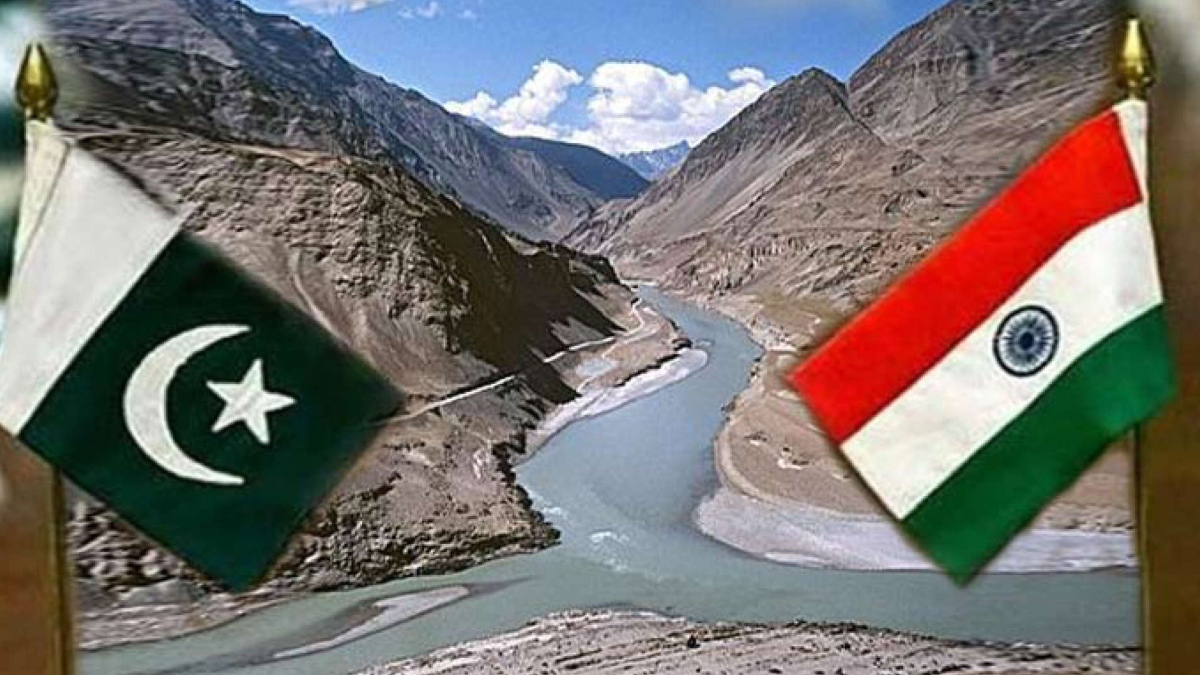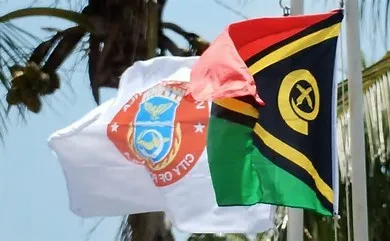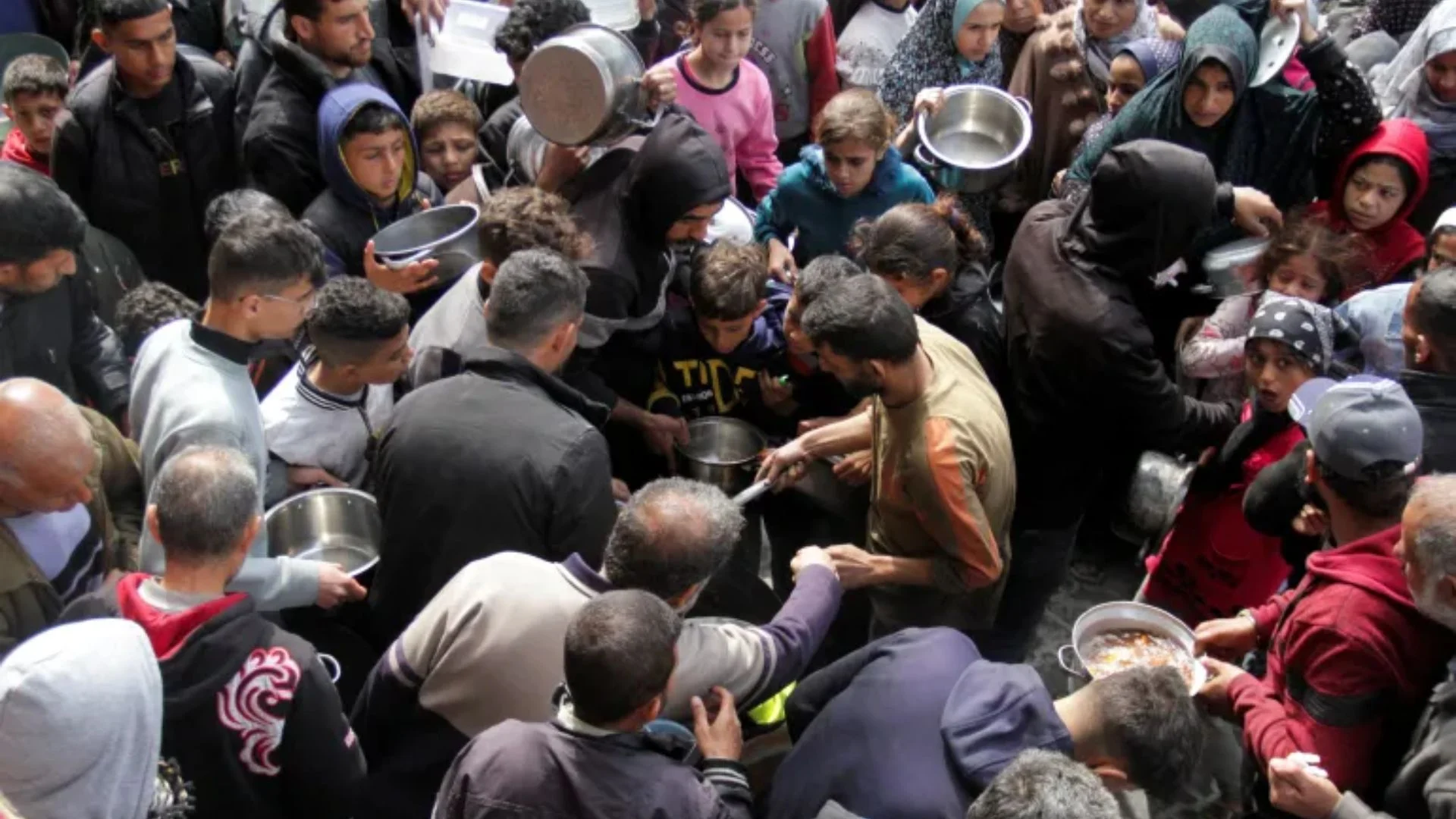Water Control is an essential element of relevance for the development debate and of fair and effective international transboundary governance, demanding coordinated action not only among states but at all levels of government in today’s international relations regime. The paradigm focus on the Indus Waters Treaty between India and Pakistan which is a major settlement treaty for international river basin conflict and the increasing grievances of contracting parties taking into consideration the tensions in Kashmir and a scenario after abrogation of Article 370 of Indian Constitution.
The unprecedented water dispute between India and Pakistan has been of prime importance since immemorial due to the inclusion and violative effect of certain human rights principles and cross-boundary allocation of resources in the present issue. During the partition of British India in 1947 and the formation of the two states, i.e. Indian territory and Pakistan territory, the border lines were drawn and called as the ‘Indus watershed’ which cuts across many rivers and their tributaries. Alongside the stemming divide, a rivalry arose pertaining to India’s control over the upstream barrages which regulated the flow of water into Pakistan. Since India’s independence, the Indian Government made all the other princely states to be annexed within Indian states but Jammu and Kashmir became one of the most disputed and stressed areas with Pakistan wanting its control over it and the residents opting for independent status.
HISTORICAL BACKGROUND: INDIA WATER TREATY AND SUBSEQUENT CONFLICTING DEVELOPMENTS
Prior to the Partition of Subcontinent, the British rulers appointed a commission in 1941 which regenerated as Rau Commission resulting in determination of the riparian rights of various states and provinces above all the rivers of the Indus system on the basis of universally recognized principle of ‘equitable apportionment’. Pakistan felt threatened since its agricultural and agrarian infrastructure became heavily depended upon Indian territory and accused India of suspension of the flow of river water to its territory.
Earlier in 1951, India and Pakistan were on the verge of war over the territorial jurisdiction of Kashmir when David Lilienthal, the chairman of the Tennessee Valley Authority and of the U.S. Atomic Energy Commission visited the region caught attention between the two states. However, neither India nor Pakistan seemed willing to compromise their positions.
Finally, the World bank in 1954, after two long years of negotiation offered its own proposal by stepping beyond its limited role and forcing the states to consider concrete plans for the future of the Indus basin. By contract, in 1960, the Indus Waters Treaty was signed by the officials of both countries, Indian Prime Minister Jawaharlal Nehru and Pakistani Field Marshal Ayub Khan and this treaty was the result of the mediation which was conducted by the World Bank.
WHAT UNSETTLED THE INDIA-PAKISTAN WATER CONFLICT INITIALLY
Pakistan had the most rampant and endorsed perception towards the allocation of water resource and termed India as unduly benefitting at the expense of their scarce and natural resource. There were certain major factors which has pressurised the resources and led to depletion of water. Firstly, the population growth is a major factor which has led to the over-utilization of resources from both territories. It is pertinent to mention that scarcity of water is bonafide while understanding the scarcity of necessary items and it will make water usage for consumption and for agricultural purposes, especially in agrarian economies very difficult to acquire.
Secondly, the weak treaties between two or more states also lead to dilated international conflict. Thirdly, Environmental destruction is a major issue which has been highlighted by many activists and leaders while protesting for environment protection. Moreover, the latest dispute which involves Pakistan and India relates to construction of a dam, and the major argument which Pakistan reinstates is that the excessive reparation of climate change will bring harsh winters which will lead to reduction of river water flow in both the states and it will be a causation of the disputed diversion deliberately insinuated by India for dividing the river for construction of a dam. Fourthly, political leadership in any country entails the distribution of resources.
A parlance can be drawn with respect to the issue of abrogation of Article 370 of the Indian Constitution or the situation of Shaheen Bagh relating to new Citizenship law or how Pakistani citizens inflicted hate in Indian citizens against the Indian nation. Moreover, the constant retaliation and refusal to cooperate by Pakistani government has led our PM Narendra Modi to re-think about the Indus Water Treaty since a treaty is all about international relations and in no way the corresponding state is likely to cooperate.
PAKISTAN’S HUMAN RIGHTS ARGUMENT: IN LIEU OF THE WATER CONFLICT
The main argument by Pakistan concerning the India–Pakistan water conflict was related to the ‘human right to right access water’. The officials argued on basis of necessity principle and reprimanded it with India’s transparent plans for construction of dams which Pakistan derived that it would deprive Pakistanis of their human rights to access water. However, it is to be highlighted that India while planning to construct such dams was thinking for the benefit of both the states and even confronted Pakistan with the plan.
It is pertinent to mention that Pakistan accused India for blocking the Indus river and other rivers from India which in turn disrupted its usage for the Pakistani individuals and state thereof. Furthermore, Pakistan even inflicted agricultural fallacy in the self-territory as India’s fault which in result created huge chaos and mess with respect to the water conflict. However, the issue was solved before the World Bank as a mediator between the corresponding states and all the opaque junctures thrown at India’s position in IWT were solved and rested before the bank and respective state’s government.
Status Quo of India and Pakistan: In Purview of Present Scenarios Turmoil is never far away in South Asia, especially between India and Pakistan over disputed borders, scarcity of resources, and wide ranging threats from extremist violence to act of gods. Moreover, South Asia has been identified as a focal point for terrorism and religious extremism which therefore, has an upward interest in ensuring regional stability, preventing nuclear weapon proliferation and minimizing nuclear war between India and Pakistan. In February 2019, a young Kashmiri staged a suicide bombing which killed more than three dozens of Indian security forces. It was the deadliest attack in Kashmir in three decades. India also retaliated by sending jets across Pakistan/s administered Kashmir for the first time since the war of 1971 and launched limited strikes.
Moreover, in August 2019, India abrogated Article 370 of the Indian Constitution and revoked the autonomy of Jammu and Kashmir and declared it as a new territory of India. It was followed by wide range of protests and mass violation in society. Further, a security lockdown was also imposed in Kashmir which included detention of many people and a communication and internet blackout. Later in December 2019, the Indian parliament also passed a new Citizenship law which angered Islamabad and Pakistan since it excluded Muslims. Now a controversy has risen that Pakistan along with China is pressuring and duping India through conflicts at India-China Border and around Galvan Valley during this unfortunate time of Covid-19. By contrast, the new law passed by the Indian government stating that anyone can acquire land in the state of Jammu & Kashmir has turmoiled another tension among already heated up tensions.
Therefore, these prolonged tensions might result in water dispute conflict once again between the two corresponding states and tense the backdrop between them. Even though the Indus Water Treaty has survived three wars between the two countries, India has often raised the issue saying that for a treaty to work there had to be mutual cooperation and trust between the two sides which seems to be lacking by Pakistan.
CONCLUSION: A REFORMATIVE WAY TOWARDS INTERNATIONAL RELATIONS
In order to mitigate the threats caused by the conflict, it is imperative that a reformative way towards the international relations must be taken to prevent further escalation of the conflict. Dialog and mediation enables concerned parties to discuss issues and present them to a neutral mediator who makes a binding decision on issues raised just how World Bank became a mediator between the two corresponding states earlier. Another means is the re-negotiation of the treaty because the treaty was made many decades ago, and it overlooked certain societal changes which occur over time.
Therefore, a reformative approach involving peace building and cooperation is needed between these two corresponding states which is the only way out from such conflicts and disputes in question in the present era. Since, one of the greatest impediments to a thriving international relation is asymmetry of power between both the states, therefore it is correct in laying down that asymmetries in power enable domination and subordination at the same point, thereby skewing participation itself and, by extension, choking the international relation and its fair outcomes.






















